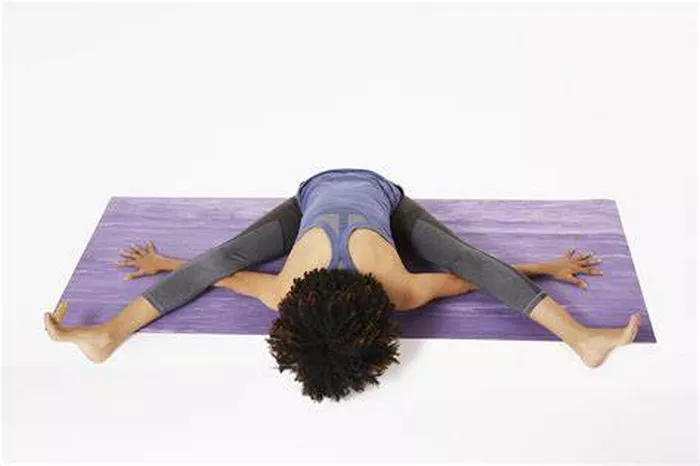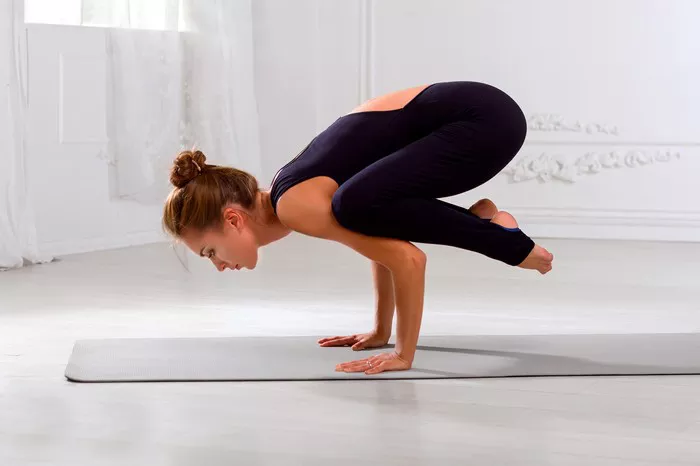Origins and Symbolism
The Turtle Pose, or Kurmasana, is a quintessential asana deeply rooted in the ancient practice of yoga. Derived from the Sanskrit words “kurma” meaning turtle and “asana” meaning posture, Kurmasana embodies the graceful yet grounded essence of its namesake creature.
In traditional yoga philosophy, the turtle symbolizes patience, wisdom, and protection. As practitioners sink into the depths of this posture, they emulate the steady, resilient nature of the turtle, fostering a sense of inner calm and stability.
Physical and Mental Benefits
The Turtle Pose offers a myriad of physical and mental benefits, making it a valuable addition to any yoga practice.
Physically, Kurmasana stretches the hips, groin, and shoulders, promoting flexibility and mobility in these often tight areas. It also stimulates the abdominal organs, aiding in digestion and improving overall gut health. Additionally, the gentle compression of the chest and heart in this posture can help to alleviate stress and anxiety, promoting a sense of emotional balance and well-being.
Mentally, the Turtle Pose encourages introspection and introspection, inviting practitioners to turn inward and cultivate a sense of inner peace and tranquility. Its grounding nature can help to quiet the mind and release tension, fostering a deep sense of relaxation and mental clarity.
Variations and Modifications
While the traditional Turtle Pose offers a profound stretch and grounding experience, there are several variations and modifications that can be explored to accommodate different body types and levels of flexibility.
For those with tight hips or limited mobility, props such as blocks or bolsters can be used to support the thighs and pelvis, allowing for a more accessible expression of the posture. Additionally, variations such as Half Turtle Pose or Supported Turtle Pose can be practiced to gradually build strength and flexibility in preparation for the full expression of Kurmasana.
For more advanced practitioners seeking to deepen their practice, variations such as Bound Turtle Pose or Flying Turtle Pose can be explored, incorporating elements of balance and strength into the posture.
Step-by-Step Instructions
To practice the Turtle Pose, follow these step-by-step instructions:
- Begin in a seated position with legs extended in front of you.
- Bend your knees and draw your heels towards your pelvis, allowing your knees to fall open to the sides.
- Slide your arms underneath your thighs, palms facing down, and interlace your fingers behind your back.
- Exhale as you slowly lower your torso and head towards the floor, keeping your spine long and shoulders relaxed.
- Once your forehead touches the ground, extend your arms overhead, reaching towards the front of the mat.
- Stay in the pose for 5-10 breaths, allowing yourself to relax and sink deeper into the stretch with each exhale.
- To release, gently press into your palms and lift your torso back up, releasing your arms and extending your legs back out in front of you.
Precautions and Contraindications
While the Turtle Pose offers a wide range of benefits, it is important to approach the posture with mindfulness and awareness, especially if you have any pre-existing injuries or conditions.
Practitioners with knee or hip injuries should exercise caution when practicing Kurmasana, avoiding any movements that cause pain or discomfort. Additionally, individuals with low blood pressure or vertigo may need to modify the posture by practicing with the support of props or keeping the head elevated slightly.
It is always advisable to consult with a qualified yoga instructor or healthcare professional before attempting any new yoga poses, especially if you have any underlying health concerns or physical limitations.
Conclusion
In conclusion, the Turtle Pose is a powerful asana that embodies the timeless wisdom and resilience of the turtle. By incorporating this posture into your yoga practice, you can experience a profound sense of physical and mental well-being, fostering a deeper connection to yourself and the world around you. As with any yoga practice, approach the Turtle Pose with patience, curiosity, and reverence, allowing yourself to explore its depths with an open heart and mind.















